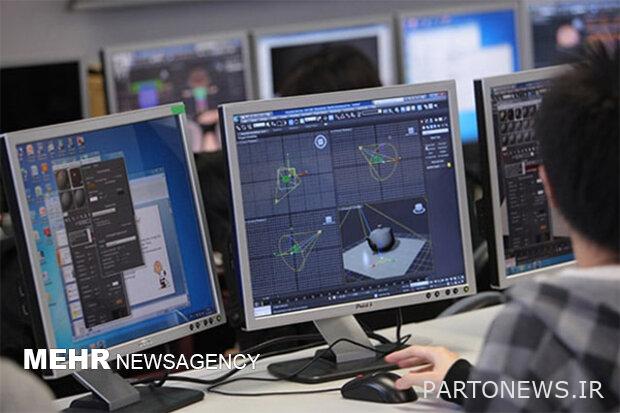Where are Turkish animation studios hiding Iranian/Sud talents?

Animation director Ali Azizi says that due to higher economic income, artists active in the field of animation tend to collaborate with foreign projects.
Charso Press: Ali Azizi, animation director and lecturer, said: During the past years, I was mostly active in the field of teaching animation at the university, and until last week, I was working as the director of an animation school, and I recently resigned from this position. At the moment, I am involved in ideation and writing of my animation project.
Referring to the production of animation in the country and cooperation with foreign projects, he said: With the fall in the value of the Rial in the country and the increase in the price of the dollar, conditions have arisen so that activists in the field of animation are more willing to cooperate with other countries. The problem is that before this, part of the animation productions were sold to Radio and Television, and it has been heard that animation producers are demanding from Radio and Television due to the poor budget situation.
This animation director continued: Another point is that the Broadcasting Organization has specific frameworks in the field of making and processing animations, and most animation producers are looking to produce works that are creative and without restrictions, that’s why they are less inclined to cooperate with television. Of course, there are still companies that cooperate with radio and television.
Azizi said: On the other hand, the Center for the Development of Documentary and Experimental Cinema considered a budget for the production of cinematic works in the field of animation, which of course was a good step to invest in this field. But many private sector manufacturers prefer to place orders outside of Iran. For example, there are studios in Turkey that collaborate remotely or invite Iranian artists to collaborate in person in this country.
He stated: Currently, some private companies have foreign orders and they either undertake the entire production or a part of it.
This animation director explained: Regarding the wages that Animators Iranians receive from foreign projects, I must say that these wages are much lower than the wages they give to their own artists, but again, these wages are slightly higher than the wages they receive from Iranian projects. For example, if I’m not mistaken, production anime In the country, it is 25 million tomans per minute, but in Turkey, for example, it is 35 million tomans.
He stated: Of course, we should not forget that some of Animators In the process of cooperating with Turkish companies, they have not received their salary. But the important thing is that currently many professional animation producers have gone to work in NFT because the activity in this field has generated good income for them.
The interesting thing is that Arab countries, Turkey and even Europe make many offers to private animation production companies in Iran. Anyway, it can be said that the conditions in the field of animation production in the country are such that animation producers tend to cooperate with foreign projects due to greater economic profit.

